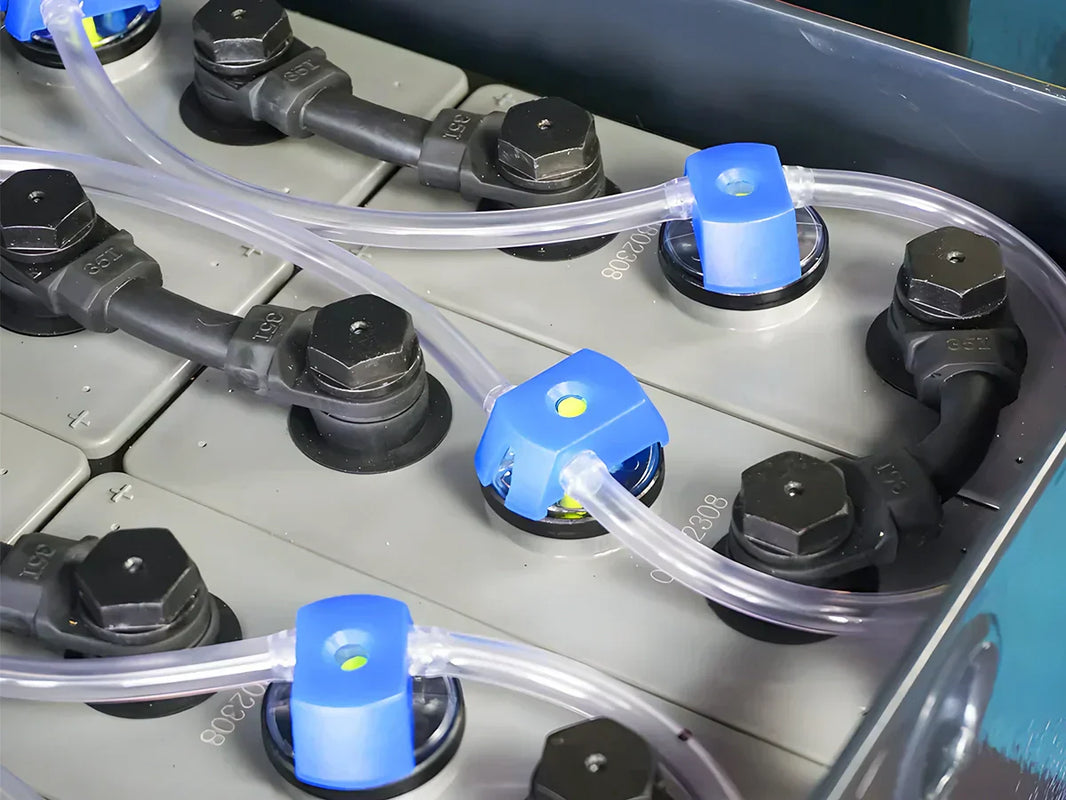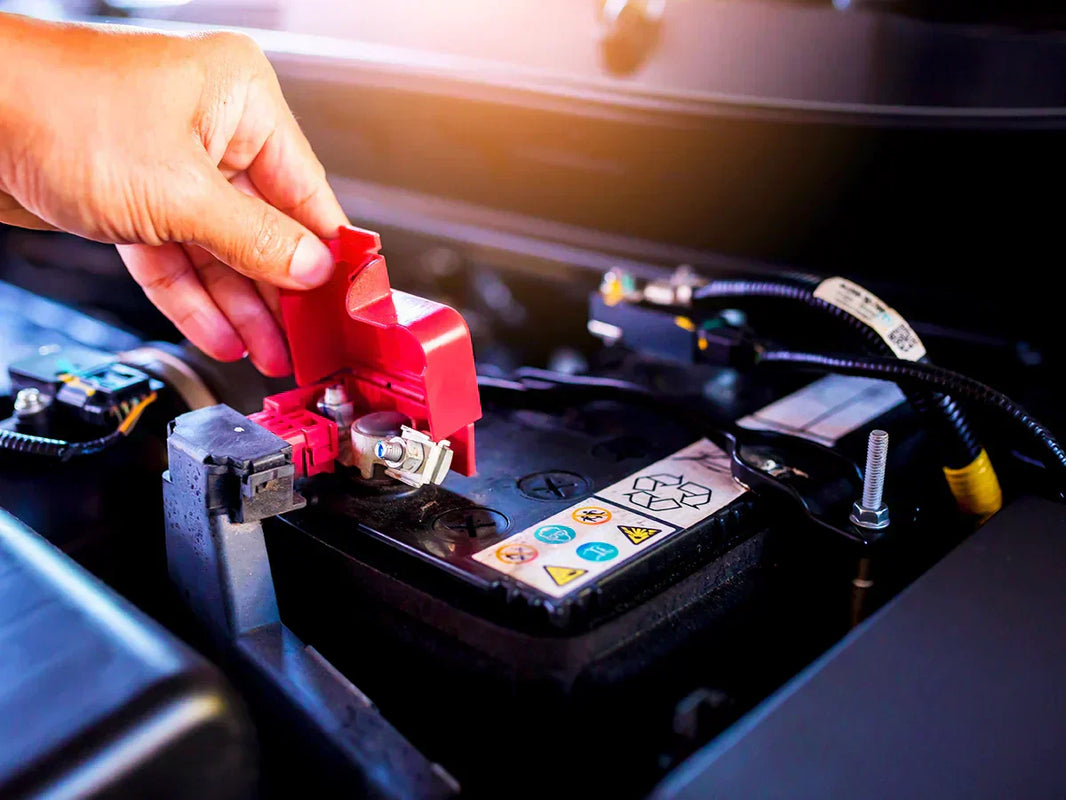
Main content:
Grid booster can cost-effectively support the transformation of power systems around the world by increasing the transmission capacity of existing and new transmission networks.
Once operational, they will be able to increase the utilization of existing power grids, significantly reducing the need for congestion management. Especially in renewable energy, thus increasing grid efficiency and saving costs for consumers.
1. What is a grid booster
Grid booster is an innovative energy storage solution for grid optimization. There is no 100% reliable technical system, including the power system. But especially for ultra-high voltage transmission systems, which are the backbone of our electricity supply and responsible for the reliability of the power system in large areas or across countries.
Robustness against the inevitable and unexpected is a major design principle. This is achieved through so-called guidelines for the safe operation of transmission systems.
● Safe operation of the transmission system
The standard requires grid operators to operate transmission systems without permanent operational overreach, even in the event of a single emergency. Temporary overruns may be allowed, but even then, these perturbations propagate to the system level, which can lead to cascading system outages.

It can be used together with photovoltaic and energy storage stations, and even used in households in the future. This is not consistent with the concept of a portable power station.
2. Benefits of grid booster energy storage
Innovative concept for improving grid utilization with grid booster energy storage stations. Specifically, the new basic operating concept of reactive grid operation significantly reduces the capacity of backup transmission lines. Under this operating concept, grid security requirements are transferred to the grid booster battery storage plant.
This is due to a change in operating mode that frees up previously reserved transmission line capacity. By using grid booster battery storage, reducing preventive congestion management requirements and reducing renewable energy curtailment, thereby reducing grid costs and bringing more low-cost renewable energy into the grid, resulting in economic benefits.
Economic evaluation and cost-benefit analysis of grid booster battery storage power stations in Germany. This is an example of a power market with zoning prices and cost-based congestion management. An assessment of the deployment of the grid booster reveals the impact of lower grid rates and increased socio-economic well-being, as cheap resources, including renewable generation, will be available for electricity supply. In price-based congestion management markets, such as node edge pricing (LMP) in parts of the United States.
In systems with marginal node pricing, grid booster battery storage stations have similar impacts to traditional grid augmentation systems. However, they are a cheaper solution with fewer barriers to using promotion and can be achieved faster.
Grid booster battery storage plants can accompany grid expansion measures in different price areas, and the implementation period is much shorter, helping to quickly reap the benefits of higher cross-border transmission capacity.

In these markets, grid booster battery storage can reduce the cost of system development and operation, exceeding the installation cost of grid booster battery storage itself, and ultimately leading to a lower price for consumers and walking into the home energy storage.
3. Grid booster's reactive system operation
Since thermal ratings are a binding operating limit for most transmission assets, there is virtually no need to keep the line load below the so-called permanently permissible transmission load immediately after an unexpected situation. Conversely, due to thermal inertia, loads beyond PATL do not compromise system safety for a limited time.
Therefore, in addition to PATL, there are so-called temporary allowable transmission loads defined for many transmission assets. In this case, unlike today, where the normal load of transmission lines is only about 70% or less, under normal operation, the line can operate at full load without endangering system safety. In particular, this business concept will still meet the criteria.
Under normal circumstances, line load levels do not need to be reduced preventively to accommodate a series of potentially unexpected events. By contrast, network operators only take targeted measures to maintain system security when unexpected events occur.
● Fundamentals of the concept of responsive grid operation
Special protection schemes are often limited, and countermeasures to remove certain industrial loads are reliable, available, and easy to control. Instead, the organization of additional remedial actions needs to be adjusted. At least in most cases, such remedies are considered unfeasible.
That could change, but today that option is still far from reality. Large-scale battery storage becomes a possible technology option at this point, which can instantly change the amount of power it injects into or absorbs from the grid. They can be deployed in a short period of time close to existing transmission substations, or they can provide additional auxiliary services, such as providing reactive power beyond storage capacity.

With these features, battery energy storage is treated as a transmission asset and controlled directly by the transmission system operator, making it the ideal solution for reactive system operating concepts, helping to make more efficient use of existing transmission assets. Unlike the top 10 energy storage lithium battery companies, which layout battery energy storage, grid booster battery storage will be used in responsive system operation, allowing higher utilization of transmission lines in normal operation.
The energy storage capacity of the grid booster batteries will allow them to run at full capacity for an hour. This will give TSO enough time to activate those slower but longer-lasting measures, such as adding or decreasing traditional generator sets, to replace the grid booster battery.
4. Grid booster battery energy storage in different environments
Physically, grid booster batteries increase the capacity of the AC transmission system because they reduce the amount that cannot be used during normal operation, but serve as a backup for emergency situations.
● Cost-based congestion management
The grid booster was developed in Germany as part of the EU's internal electricity market. A major institutional feature of this market is the zonal market model. To maintain system security, one must take remedial congestion management measures based on market results.
The usual remedies include less costly measures such as switching operations or changing the tap position of the phase shifter transformer and, above all, the coordinated adjustment of market scheduling, often referred to in Germany as rescheduling.
● Price-based congestion management
Many liberalized electricity markets in other parts of the world, such as the United States and Singapore, have adopted a price-based model of preventive congestion management called node marginal pricing (LMP) or node pricing. LMP has an integrated and centralized matching and scheduling mechanism. Therefore, post-trade congestion is usually not present, except in zoned markets.
Conversely, if the transmission constraint is in effect, the price signal is passed and nodes in redundant areas are cleared at a lower price than nodes in underserved areas. As a result, there is no clear cost to congestion management, which must be shared with society as a whole through grid rates or similar mechanisms.

In this case, the grid booster battery will increase the physical transmission capacity of the system, which means that the transmission constraints of the matching algorithm can be relaxed, resulting in cheaper energy production. So, just like the zoned market management mechanism, the grid booster battery will increase socio-economic benefits. The increase in benefits will be reflected by market participants through lower peak prices and higher rents.
● Cross-region congestion
Similarly, in a zoning system such as the intra-European electricity market, there is no price difference between nodes, but between bidding areas, grid booster batteries can be used to increase cross-border transmission capacity and unlock social benefits that would otherwise require efforts to expand cross-border transmission channels.
There is no doubt that the additional transregional transmission capacity will bring substantial socio-economic benefits. Obviously, the grid booster battery is not a complete replacement for normal grid expansion. Therefore, whether applied to LMPs or zoning systems, all funding channels for incentives and cost recovery should also be suitable for efficient grid booster battery storage solutions.
5. Conclusion
The grid booster batteries can reduce system development and operation costs more than the installation cost of the grid booster itself. This is done in a cost-plus regulatory environment, often for vertically integrated utilities, which will result in lower prices for consumers. Regulators must, however, put in place appropriate incentives to ensure the deployment of more efficient and less capital-intensive technologies than traditional grid expansion measures.
Related articles: Top 10 home energy storage battery companies, Top 10 photovoltaic battery companies in the world, off grid storage batteries















